A handcrafted Dutch supercar, shining like aviation art, turning every drive into mechanical theatre and emotion.
There are cars that roar into history with brute numbers, Nürburgring lap times, and brochures thick enough to bludgeon a cow. And then there are cars like the Spyker C8 Aileron — machines that seem to exist simply because someone, somewhere in Holland, woke up one morning and decided that the world needed more drama, more theatre, and far more polished aluminium.

This is a car not engineered onto the road, but performed onto it.
To understand the Aileron, you must first understand Spyker: a tiny Dutch manufacturer resurrected from a long-dead aviation company, built on a cocktail of national pride, wildly ambitious dreams, and design meetings that probably began with: “What if we just… made everything look like it belongs in a 1920s airship cockpit?”
And someone replied: “Yes. And make it shinier.”

The earlier Spyker C8 was already a rolling sculpture — part Jules Verne, part steampunk opera. But the Aileron? That was the moment Spyker decided to grow up, stretch its wings, and compete in the supercar world for real. It wasn’t enough for them to make a quick, pretty toy for eccentric billionaires. They wanted something grander: a supercar with refinement, with stability at speed, with genuine engineering credibility behind the gleaming madness.

So they changed almost everything.
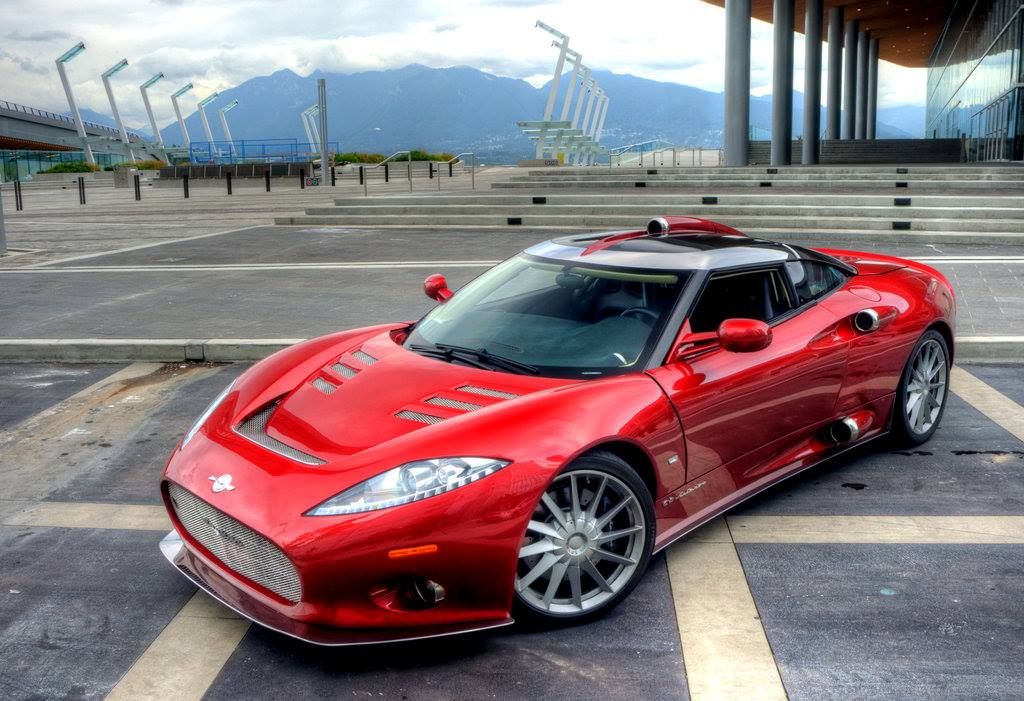
The wheelbase was lengthened by a whopping 150mm — a decision not motivated by comfort, but sheer physics. The original C8 cornered like a caffeinated squirrel; the Aileron was designed to be steadier, calmer, more capable of cross-continent speed runs without shimmying like a shopping cart.

The suspension was redesigned in collaboration with Lotus — yes, the same Lotus who routinely turns fibreglass bathtubs into some of the finest handling cars on Earth. Suddenly, this shimmering Dutch sculpture had the bones of a proper driver’s car.
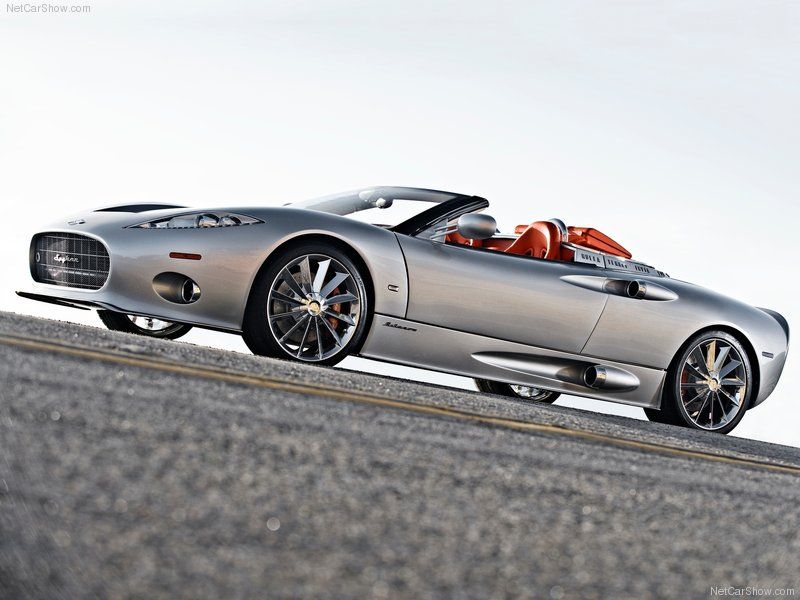
And then there was the bodywork. Spyker abandoned the earlier car’s stacked-blade side intakes and went for longer, more aerodynamic lines. The Aileron looks less like a boutique toy and more like a genuine grand tourer built by a nation of engineers obsessed with windmills and air resistance.

Yet despite smoothing the surfaces and modernising the silhouette, they refused to abandon their trademark: polished aluminium everywhere. It’s the only car where you half expect instructions for metal-polishing cream to be included in the owner’s manual.

Inside, however, is where the Aileron becomes fully unhinged in the best possible way. The cabin is not designed — it is crafted. Switches aren’t plastic toggles; they’re miniature mechanical artworks. The exposed gear linkage looks like something a master jeweller forged after three espressos and a nervous breakdown.

The dash resembles the control panel of a vintage bomber aircraft, and every nut, bolt, stitch and panel feels like it was hand-built by someone who whispered each component’s name before installing it.

No modern supercar feels this handmade. Ferrari builds precision. Porsche builds consistency. Lamborghini builds theatre.
Spyker builds obsession.
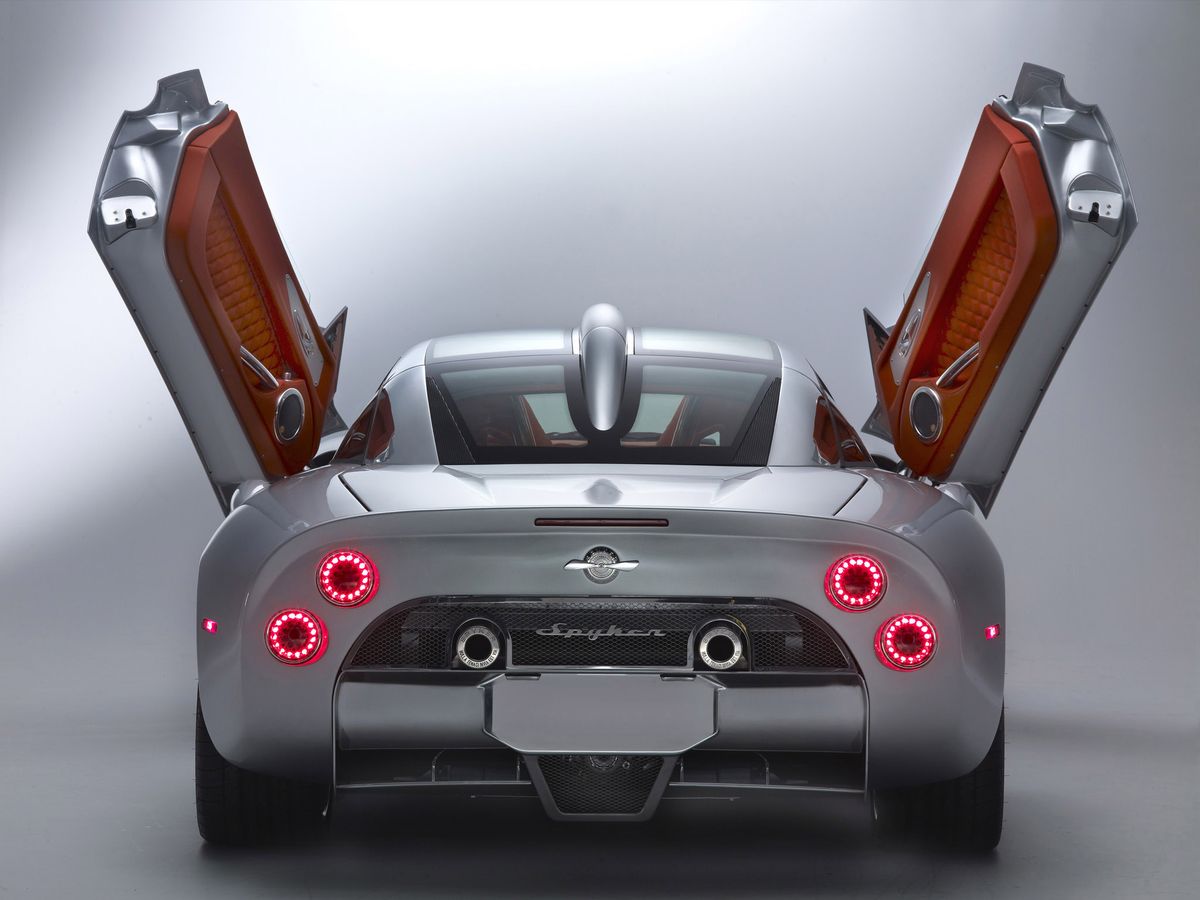
Under the bonnet sits an Audi 4.2-litre V8, producing around 400 horsepower — a figure that, by modern standards, is “energetic” rather than “terrifying.” But power was never the Aileron’s main argument.

What mattered was character: an engine with the reliability of German engineering married to Dutch eccentricity, channeled through either a six-speed Getrag manual (the one you want) or a six-speed automatic (the one you pick if you hate joy).
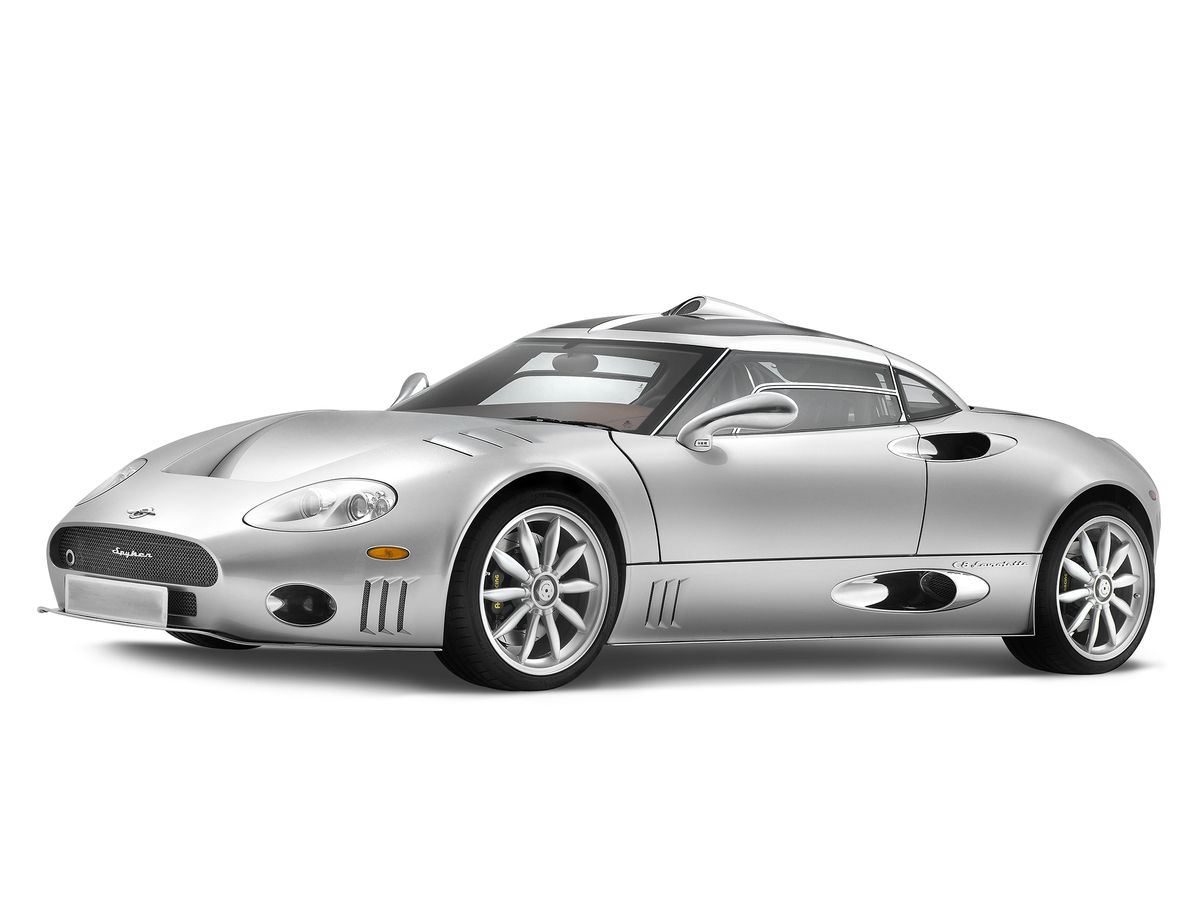
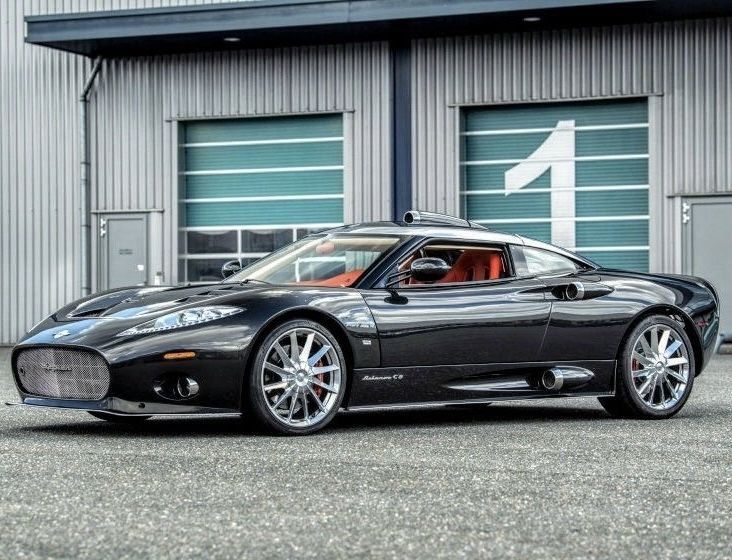
When you drive it properly, the Aileron doesn’t scream or bellow. It sings — a metallic, cultured baritone rather than a hysterical tenor. The longer wheelbase gives it composure, the Lotus-tuned suspension gives it sharpness, and the hand-built nature gives it an odd sense of living personality. It feels like the car is collaborating with you, not merely being driven.
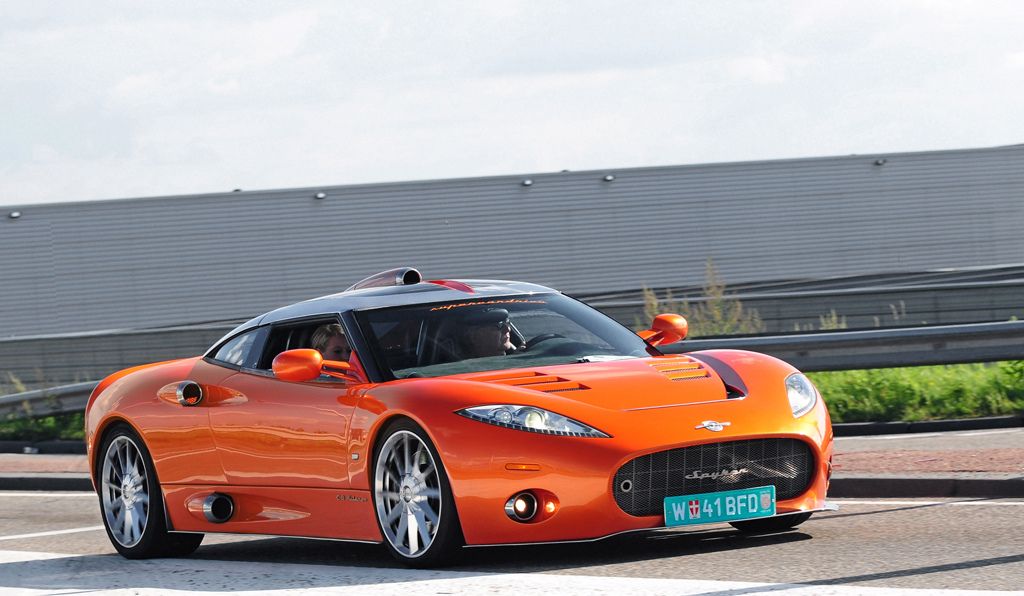
Is it perfect? Good grief, no.
The ergonomics are peculiar. The visibility is patchy. The ride can be firm, the infotainment was outdated even when new, and some pieces feel like they were sourced from a jewellery workshop rather than an automotive assembly line.
But that’s the point.


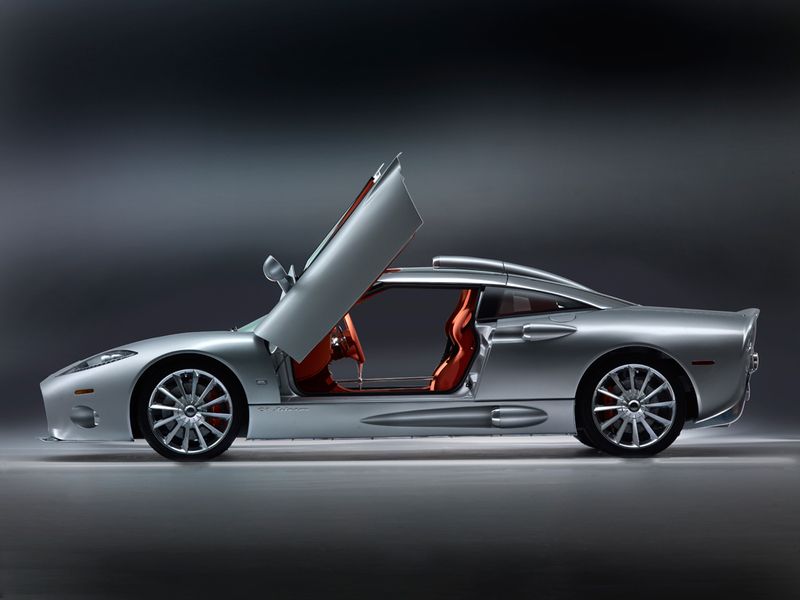
The Aileron isn’t meant for people who buy cars using spreadsheets. It’s for the sort of person who chooses a wristwatch without caring about accuracy, purely because the movement is gorgeous and the dial is a piece of art. It’s for people who read about Ettore Bugatti hand-sculpting brake levers and think: “Yes. That level of madness is just right.”
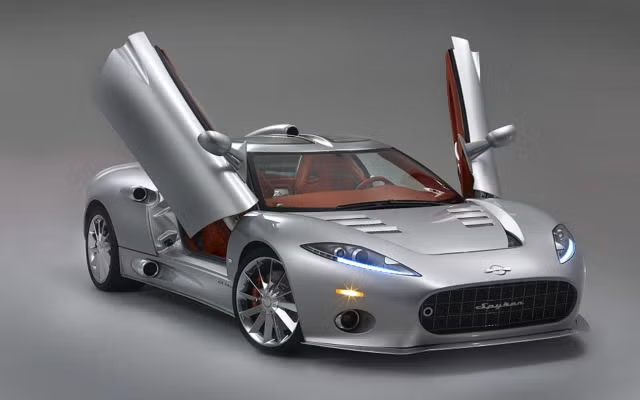
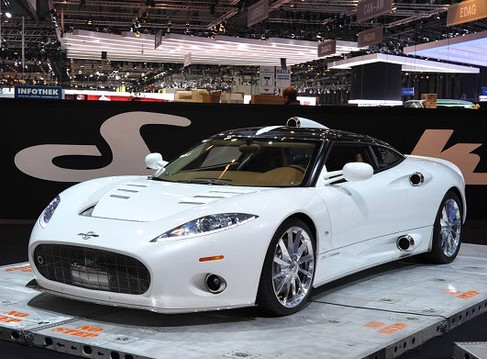
And perhaps that’s why the Spyker story has always been such a rollercoaster. The brand constantly teetered between genius and bankruptcy, between beautiful dreams and harsh economic reality.
But when the Aileron rolled out, Spyker proved something: even the smallest, strangest, most ambitious car companies can create a world-class machine when they refuse to compromise on vision.
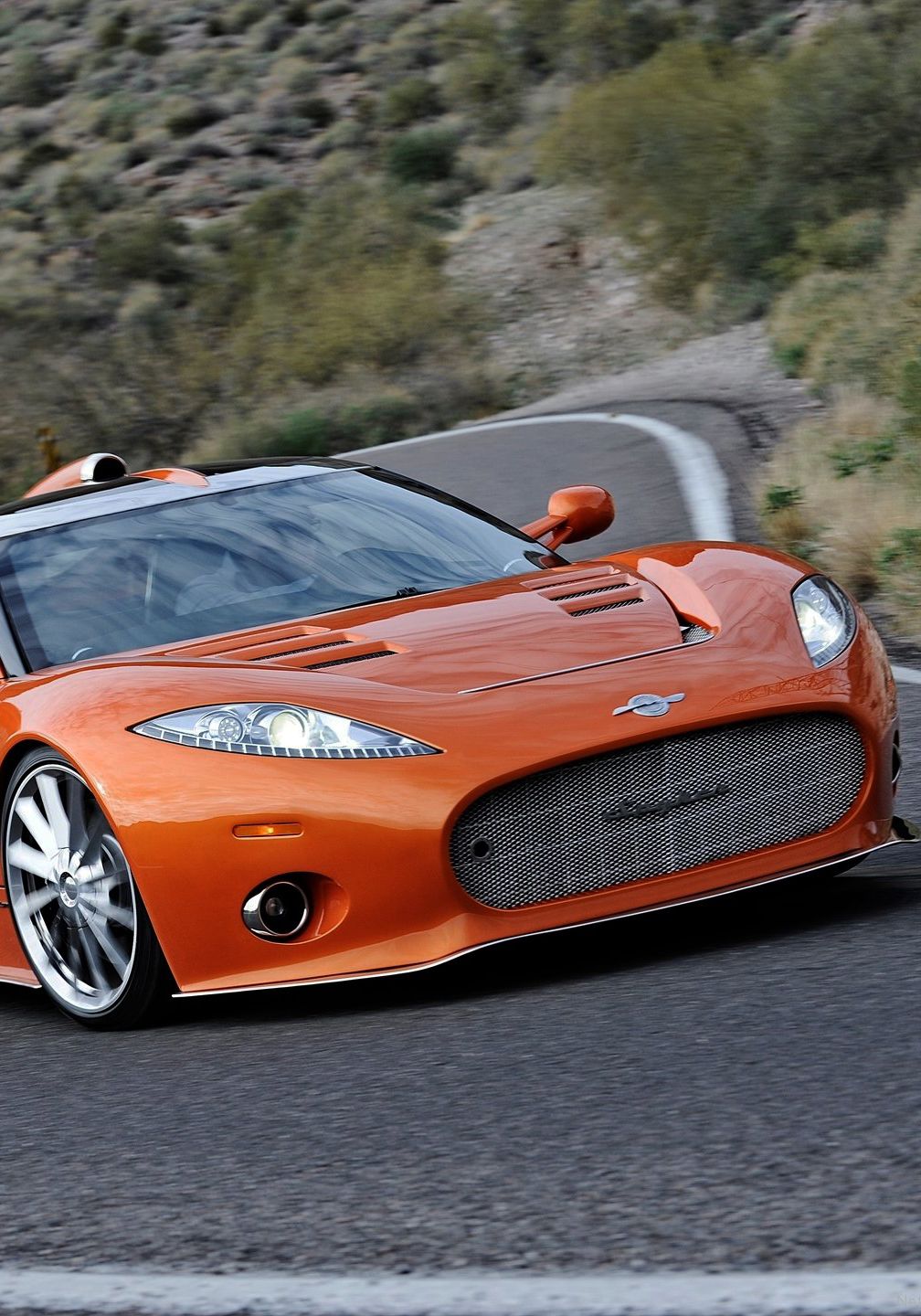
Collectors understand this. The Aileron is now sought after — not because of its speed, but because it represents something rare: a supercar built with old-world craftsmanship in an era drifting toward corporate sameness.
In a world of mass-produced carbon-fibre missiles, the Spyker Aileron stands out like a hand-engraved pocket watch left on a table full of smartwatches. It isn’t the fastest. It isn’t the most advanced. But it is the most human.
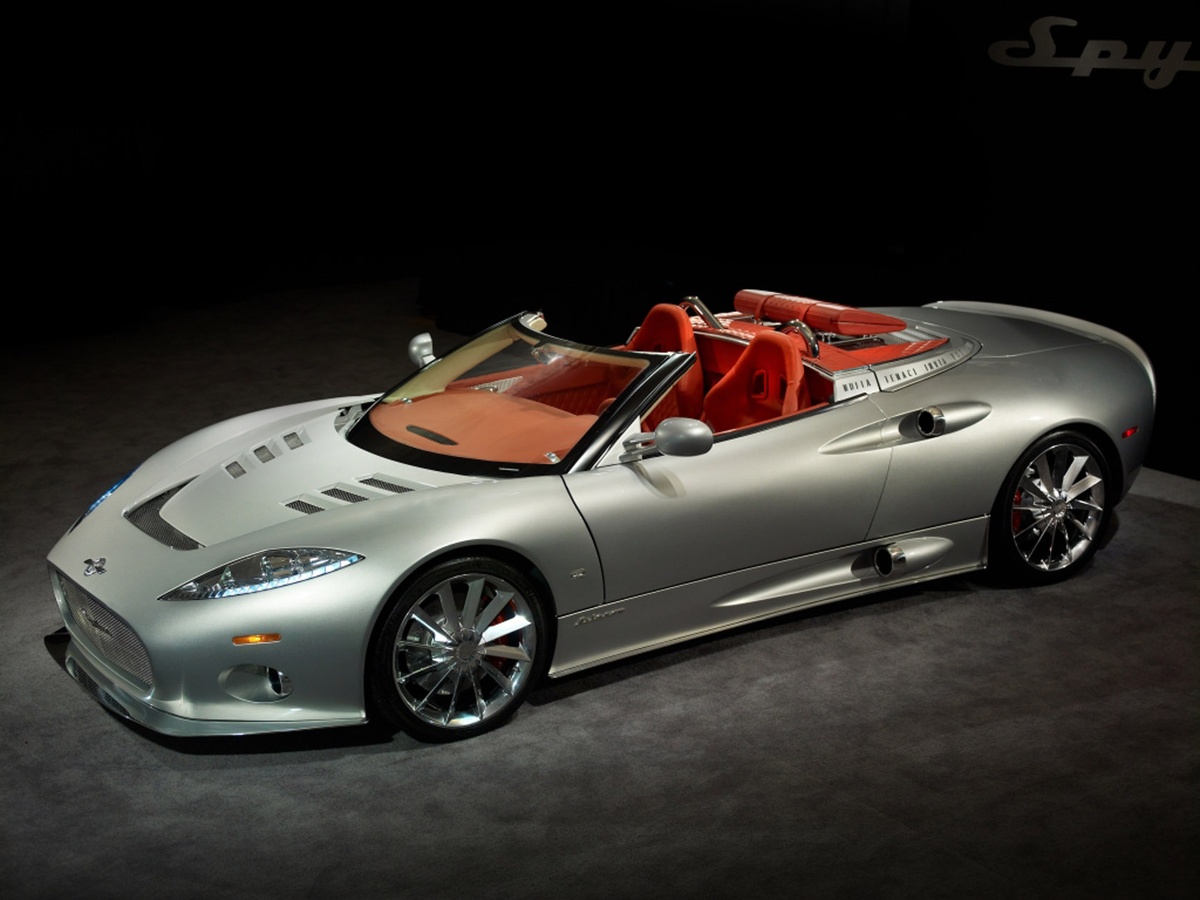

And that, ironically, is its greatest achievement.
A machine built like art.
A sculpture engineered enough to be driven.
A supercar made not to dominate a racetrack, but to remind you that passion still matters.
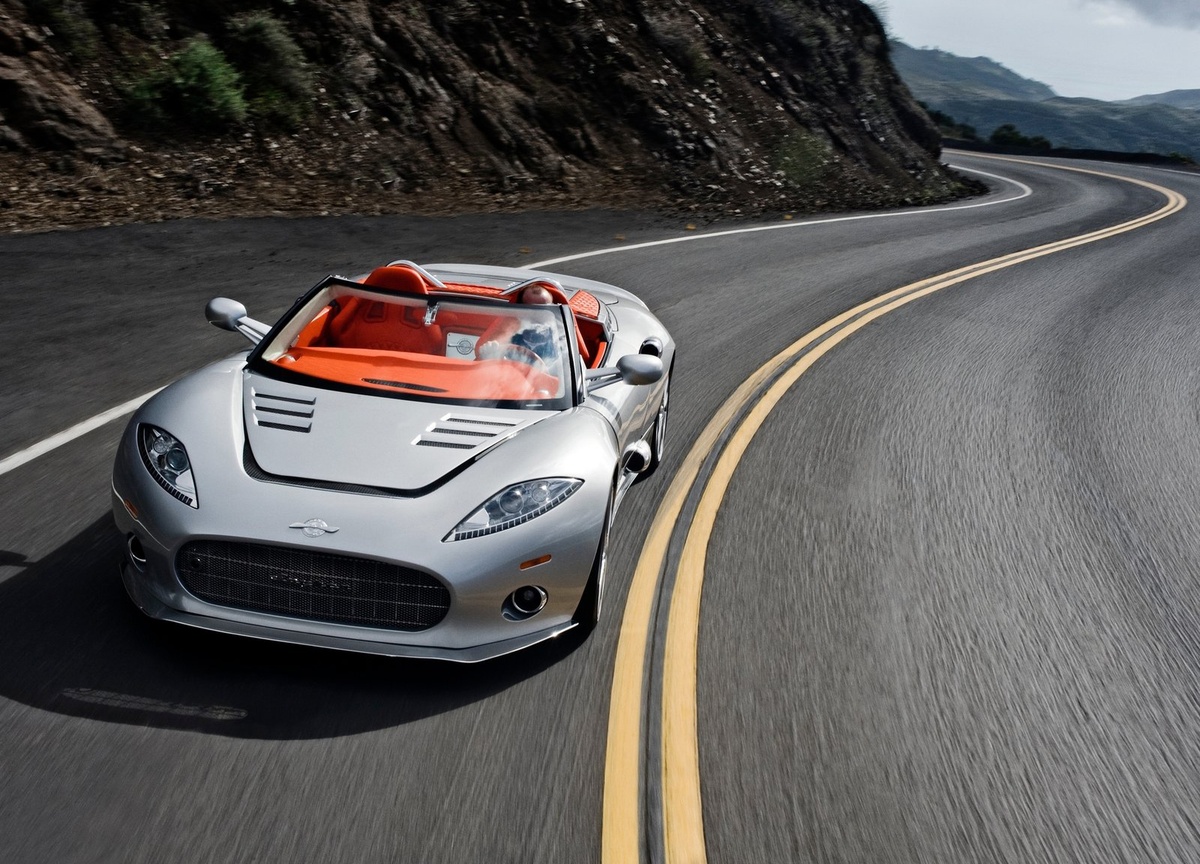
The Aileron is not a car for everyone.
It is, proudly and unapologetically, for the few who see a line of polished aluminium and think:
“Yes. This is why cars should exist.”
-